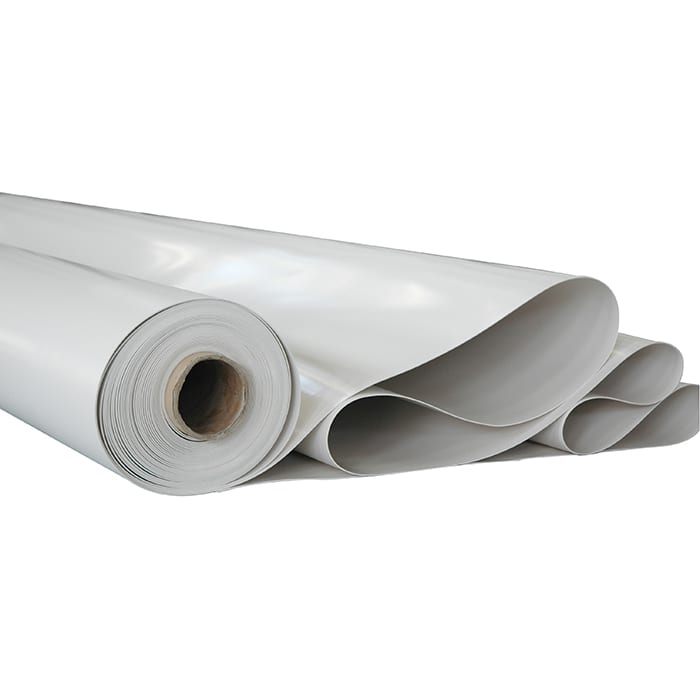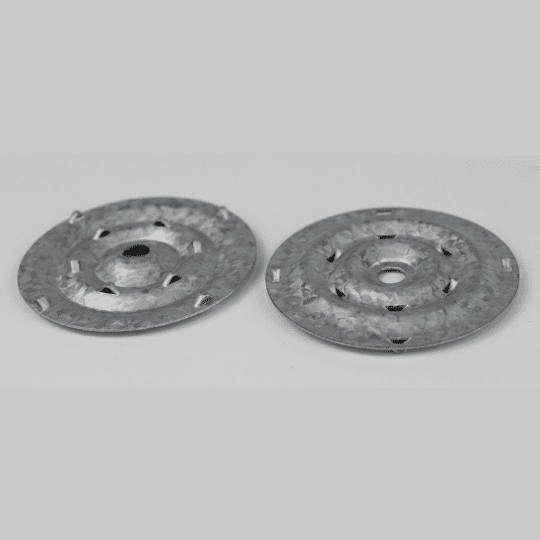Readers' Choice Award Winners » Defending Against Cyberattacks » OSHA Inspections: What Managers Need to Know » BOM Energy Playbook »
It’s a bit more complicated than tossing a soda can into a big green trash receptacle. But yes, you can recycle a roof. Roofing Materials

And when a PVC (vinyl) roof reaches its end of service, Brian Whelan thinks facilities managers should.
“Why throw away a thermoplastic material if you can do something else with it?” says Whelan, the president and owner of Roof Resources, who has 40-plus years of experience in the roofing industry.
Why, indeed, when an estimated 332 billion pounds of construction and demolition waste are generated annually, according to the Environmental Protection Agency? Does all of that tonnage need to go to landfills?
PVC roofing membranes don’t need to. They can be heated and reprocessed without the loss of key physical properties. In 2022, the member manufacturers of the Vinyl Roofing Division of the Chemical Fabrics and Film Association (CFFA) recycled 1 million pounds of those membranes.
In the trade, that’s called post-consumer recycling, and the CFFA has been working to get the word out to facilities managers — especially those who are keen on meeting sustainability goals. Although the CFFA was founded in 1927, it did not have a roofing division until 2004. Post-consumer recycling of PVC roofing in the United States began in 1999.
One way of reroofing is to “skin” the PVC membrane from the old roof for recycling, exposing the existing insulation and then placing the new roof over the top. Target department stores are replacing roofs this way on a 20-year cycle, says Whelan, a consultant for CFFA managing recycling program activities.
Another way is to perform a complete tear-off of the roof — but to separate the membrane for reuse. Retired membrane has become feedstock for new products such as roofing walkway pads, commercial-grade flooring and concrete expansion joints.
One example of roof recycling occurred at Rogers Centre in Toronto, home of the Blue Jays Major League Baseball team (pictured here). The stadium’s 460,000 square foot retractable PVC roof was installed in 1988 and received structural damage from massive ice chunks falling from the neighboring CN Tower. Two contractors partnered to remove the existing roof to recycle it into new roofing products before installing new PVC membrane.
Interest by contractors in recyclable roofing isn’t hard to come by. In a recent CFFA survey, 83 percent said they were interested, and 74 percent said they had the support of their building owner clients.
“That’s a data point that gives us a lot of resolve to grow this exponentially in the next few years,” says Richard Krock, principal of the consulting firm VyChlor Advisors, who has decades of experience in recycling.
Part of the CFFA communications strategy has been to get in front of large industry associations and meetings, such as the International Institute of Building Enclosure Consultants, the Sustainable Roofing & Waterproofing Alliance and the International Roofing Expo.
“We speak to building owners and facilities managers regarding sustainability,” says Krock, also a consultant for CFFA managing recycling program activities. “Maintenance and upkeep are important, but what do you do with the waste from a roof replacement? We try to get the facilities managers to understand that to put it into the recycling stream is the most sustainable.”
Rewards can accrue in the form of “green” building certifications and other recognition of environmental friendliness. Institutional and commercial facilities are loathe to be left behind in those metrics.
“The tone is starting to get louder that people want this to happen,” Whelan says. “It has to do with companies and their sustainability footprint. And there will be more legislation and codes that require more of this.”
William Bellico, chair of the CFFA’s Vinyl Roofing Division Subcommittee, has been in the PVC industry for 20 years. He sees only growth ahead for recyclable materials.
“Most large corporations, and even smaller ones, are starting to make sustainability goals a core part of their foundation,” Bellico says. “PVC has a life cycle that lasts a long time and can be repurposed. That polymer still has life in it.”

Double Component Waterproof Coating Doug Carroll is a freelance writer based in Chandler, Arizona.
